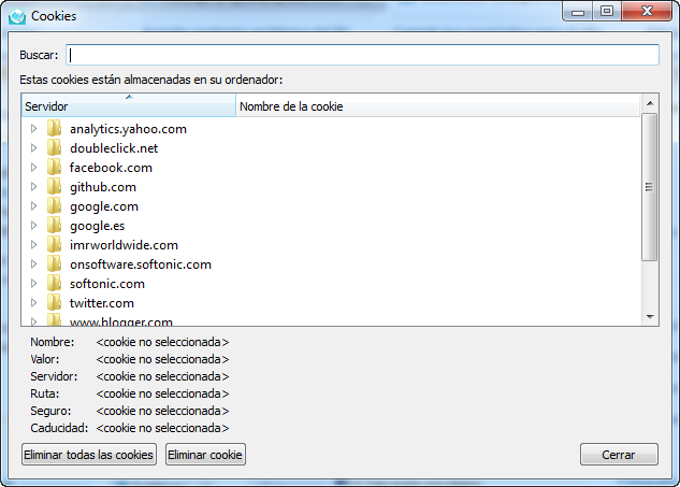

The SSL handshake is now complete and the session begins. It then sends a separate (encrypted) message indicating that the server portion of the handshake is finished.
QUPZILLA SNI SERIES
If the client can be successfully authenticated, the server uses its private key to decrypt the pre-master secret, and then performs a series of steps (which the client also performs, starting from the same pre-master secret) to generate the master secret. If the client cannot be authenticated, the session ends. If the server has requested client authentication, the server attempts to authenticate the client.In this case, the client sends both the signed data and the client's own certificate to the server along with the encrypted pre-master secret. If the server has requested client authentication (an optional step in the handshake), the client also signs another piece of data that is unique to this handshake and known by both the client and server.Using all data generated in the handshake thus far, the client (with the cooperation of the server, depending on the cipher in use) creates the pre-master secret for the session, encrypts it with the server's public key (obtained from the server's certificate, sent in step 2), and then sends the encrypted pre-master secret to the server.If the server can be successfully authenticated, the client proceeds to the next step. If the server cannot be authenticated, the user is warned of the problem and informed that an encrypted and authenticated connection cannot be established. The client uses the information sent by the server to authenticate the server.The server also sends its own certificate, and if the client is requesting a server resource that requires client authentication, the server requests the client's certificate. The server sends the client the server's SSL version number, cipher settings, session-specific data, and other information that the client needs to communicate with the server over SSL.The client sends the server the client's SSL version number, cipher settings, session-specific data, and other information that the server needs to communicate with the client using SSL.During this handshake, the client and server agree on various parameters used to establish the connection's security: Once the client and server have decided to use TLS they negotiate a stateful connection by using a handshaking procedure. The other is to use the regular port number and have the client request that the server switch the connection to TLS using a protocol specific mechanism (for example STARTTLS for mail and news protocols). There are two main ways of achieving this one option is to use a different port number for TLS connections (for example port 443 for HTTPS). Since protocols can operate either with or without TLS (or SSL), it is necessary for the client to indicate to the server whether it wants to set up a TLS connection or not.

The TLS protocol allows client-server applications to communicate across a network in a way designed to prevent eavesdropping and tampering. 6 Support for name-based virtual servers.5.1.2 Client-authenticated TLS handshake.TLS is an IETF standards track protocol, last updated in RFC 5246 and is based on the earlier SSL specifications developed by Netscape Communications. Several versions of the protocols are in widespread use in applications such as web browsing, electronic mail, Internet faxing, instant messaging and voice-over-IP (VoIP). TLS and SSL encrypt the segments of network connections at the Application Layer for the Transport Layer, using asymmetric cryptography for key exchange, symmetric encryption for confidentiality and message authentication codes for message integrity. Transport Layer Security ( TLS) and its predecessor, Secure Sockets Layer ( SSL), are cryptographic protocols that provide communication security over the Internet.


 0 kommentar(er)
0 kommentar(er)
